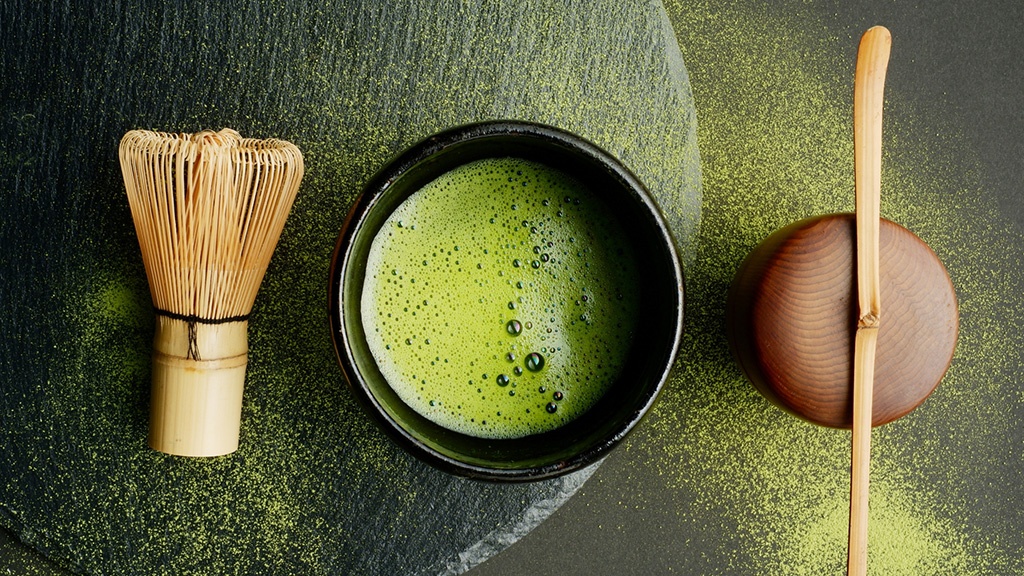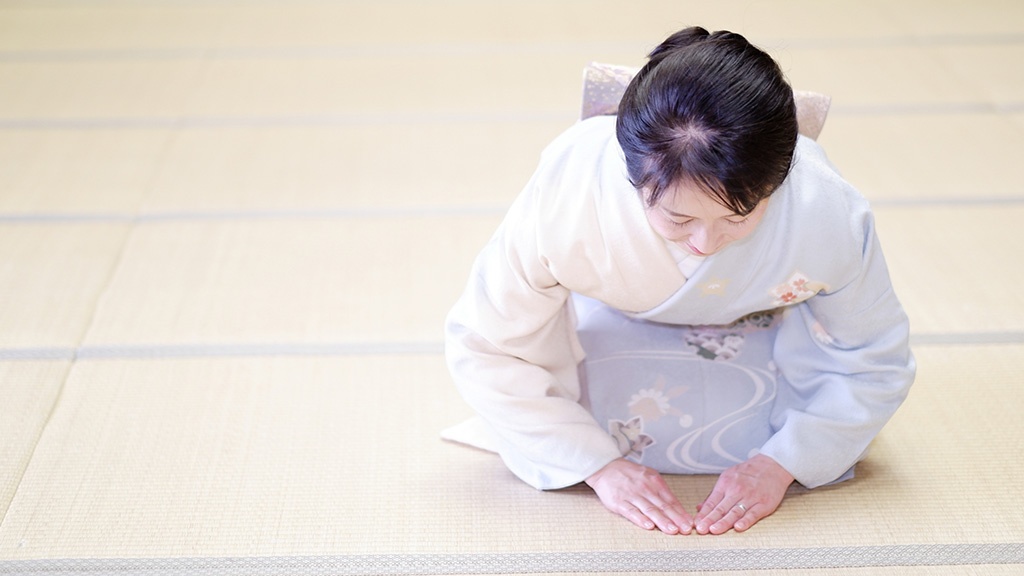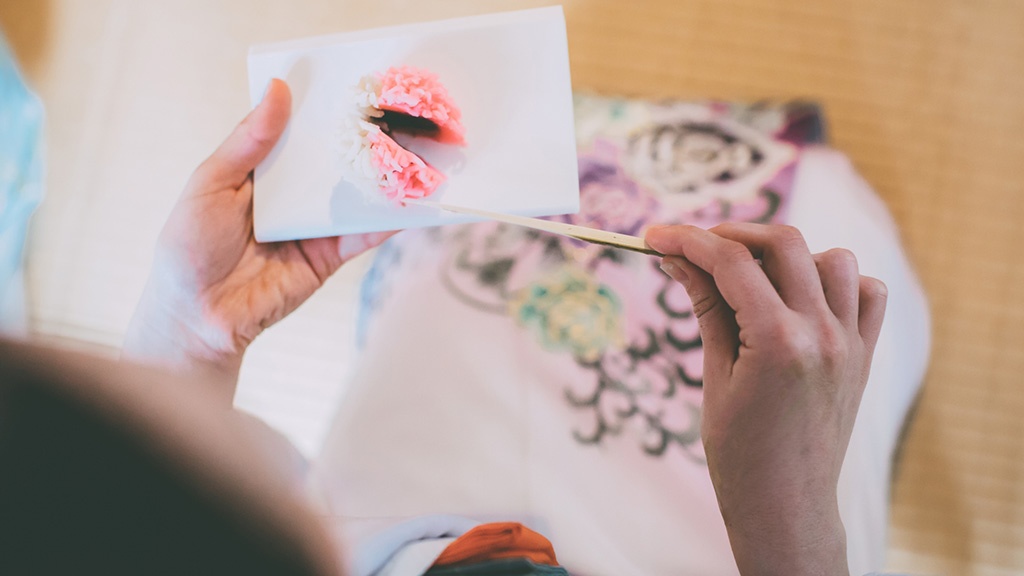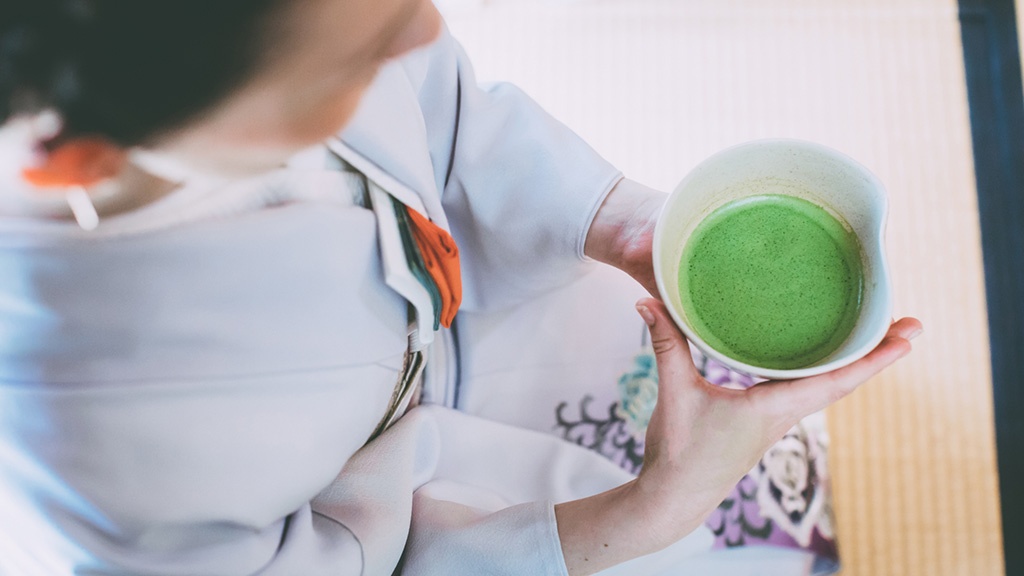What is Sado? Learn the Basics You Need to Know

This post is also available in 日本語
Sado is traditional Japanese culture that has been passed down over many years. It is also called “Cha-no-yu”. As it is a way of learning “Omotenashi-no-kokoro” (spirit of hospitality), Sado is receiving attention from overseas as well. On this occasion, we asked about Sado at “Asakusa Jidaiya”, which provides a Sado experience in the Asakusa, Taito-ku area of Tokyo.
Contents
What is Sado?
The process of Sado is known as “Tateru”. With Sado, the host who has invited the guests, follows the traditional rituals, serves the tea, and the guests accept the hospitality. There are various manners of serving and drinking the tea for the host and guest. It is not simply a matter of serving and drinking the tea. The host and guest enjoy creating a special environment together.
The manners of Sado
There is the official “Chakai/Chanoe”, known as “Chaji/Saji”, and also some versions which are simplified to does only a part of it. Chaji involves inviting a small number of guests, and serving food as well as tea. It is necessary to learn many different manners in order to do this.
There are many schools of Sado, and each have their different manners. Commonly known schools are “Omote-senke”, “Ura-senke”, and “Mushanokoji-senke”.
On this occasion, we shall provide a simple introduction to manners for guests, with reference to the Ura-senke manners. When put into writing it may seem difficult, but if you actually experience it, it is relatively easy to understand. Please read this in combination with the previous article “Tea ceremony experienceea ceremony in Asakusa, Tokyo”.
How to enter “Chashitsu(the tearoom)”/sitting position

The tearoom is the room where you provide “Omotenashi” with tea.
How to enter the tearoom
- Sit upright in ”Seiza” (kneeling) position in front of the “Fusuma” (sliding door) at the entrance to the tearoom, and place the “Sensu” (Japanese folding fan) in front of your knees so that it is horizontal.
- Place your hand closest to the knob on the knob, and open it approximately 3 cm.
- Move your hand down from the knob as is, and open about two thirds of the way.
- Change your hands and fully open the “Fusuma”.
- Check inside the tearoom, and confirm the location where you will sit.
If there are guests inside, perform a deep bow, while maintaining the “Seiza” position. - Place both fists on the tatami, and while supporting your body, move your knees forward, while still in the “Seiza” position, gradually entering the tearoom.
- Once you have entered the tearoom, take the “Sensu” in your hand, stand and walk to your seat, making sure not to tread on the edges of the tatami mat.
Sitting position
The closest seat on the “Toko-no-ma” (alcove in a Japanese style room) is the “Shokyaku” (facilitator of the Chakai), and the furthest seat is the “O-tsume” (assistant to the Shokyaku), and both of these are people where important roles sit. If you are a beginner, you should sit somewhere in between these two seats.
How to take the confectionery/How to eat

Confectionery is served at the “Chakai”. When eating the confectionery, you use the “Kaishi” (portable Japanese paper carried in your pocket) like a plate.
How to take the confectionery
- When carrying the vessel holding the confectionery, the “Shokyaku” bows once to the host.
- Holding the vessel in both hands, this is placed between yourself and the next guest.
- Say “Osaki-ni” to the next guest, and bow once.
- Return the vessel in front of your knees, say “Itadakimasu” to the host, and bow once.
- Take the chopsticks in the vessel, and place them on top of the “Kaishi”.
- Wipe the chopsticks with the edge of the “Kaishi” and return them to the vessel.
- Take the vessel in both hands and place it between yourself and the next guest.
How to eat the confectionery
- Place the “Kaishi” on which the confectionery is laid in your palm, and eat while dividing with a toothpick etc.
- Once you have finished eating, fold the “Kaishi” forward in half, as if to pinch the toothpick.
Place it in your own “Fukusa” (square silk cloth) or sleeve of your kimono, so you can deal with it later.
How to drink the tea

- When the tea is brought, bow once.
- Take the teacup in your right hand, and place it between yourself and the next guest.
- Say “Osaki-ni” to the next guest and bow once.
- Return the teacup in front of your knees, and say to “Otemae itadakimasu” to the host, and bow once.
- Take the teacup in your right hand, and place it on your left palm.
- Place your right hand on the vessel, and turn the teacup twice in the clockwise direction.
- After drinking all of the tea, wipe the rim of the cup with your finger, and wipe off any dirt on your fingers with the “Kaishi”.
- Turn the teacup twice in the counter clockwise direction, and place it in front of your knees
Looking at the teacup
When you have finished drinking, look at the pattern on the teacup. The teacup is a precious tool. Be sure to hold it with both hands and look at it in a low position.
We interviewed
Jidaiya
Reception: Meijikan 2-3-5 Kaminarimon, Taito-Ku, Tokyo
Bookings/inquiries: 03-3843-0890
Bookings available online
https://jidaiya.biz/taikenmono_sado_e.html
- Hot Spring Lovers Should Visit! Top 3 Popular Onsen Spots in Chiba
- Not Just Beautiful Meanings! Have You Known the Scary Meanings of Flower Language?
- Exciting for Doraemon Lovers! Cute Doraemon-Themed Tokyo Banana – A Great Tokyo Souvenir
- Snoopy Lovers Must Check! Adorable Items from Afternoon Tea LIVING
- Travel Comfortable! Make the Most of Convenient Compression Bags









